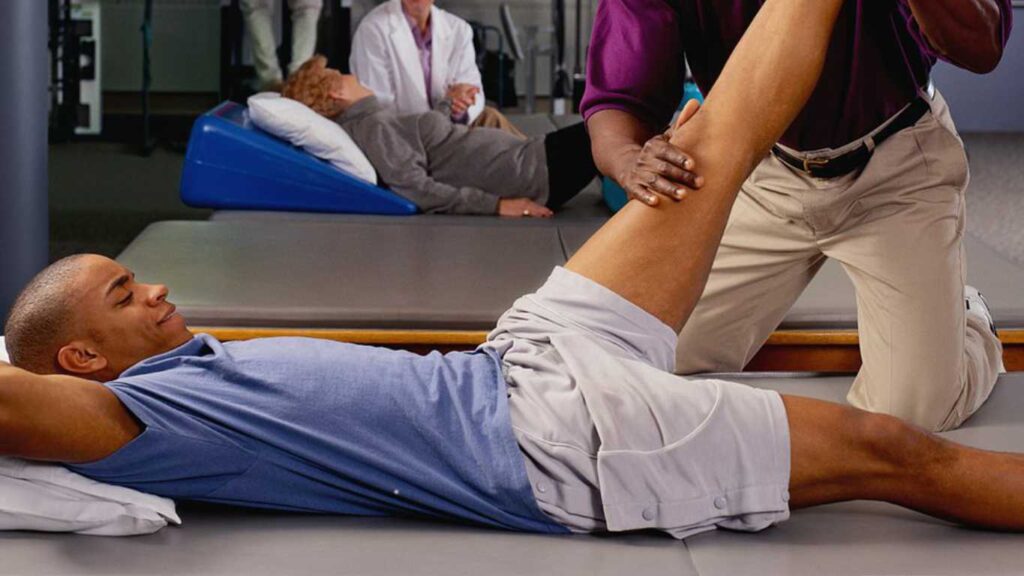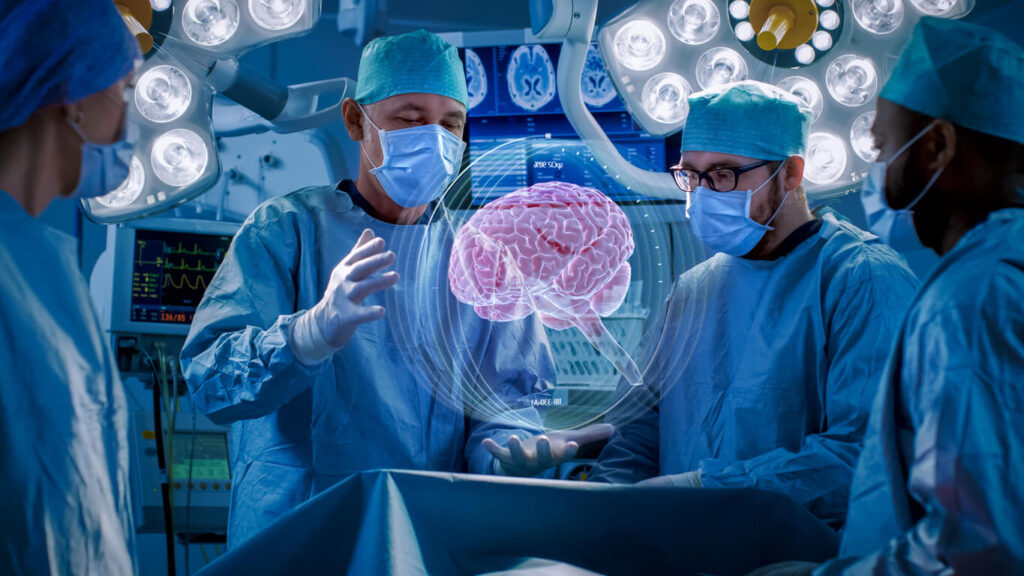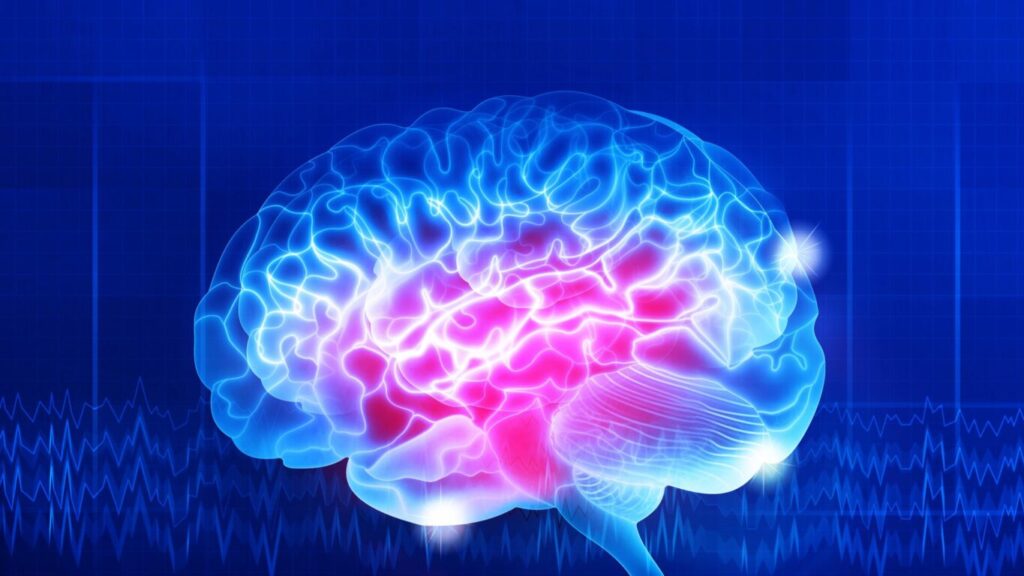A stroke is a medical emergency that occurs when the blood supply to part of the brain is disrupted. It can lead to permanent brain damage or even death if not treated immediately. Understanding the types of strokes, their symptoms, and treatment options can help you recognize the signs early and seek life-saving care. At Awesome Grace Hospital, we provide advanced stroke care that focuses on immediate intervention and long-term rehabilitation to give patients the best chance of recovery.
Types of Strokes
There are two main types of strokes:
- Ischemic Stroke: This is the most common type of stroke and occurs when a blood clot blocks a blood vessel in the brain. The blockage prevents oxygen and nutrients from reaching brain cells, leading to their death. Ischemic strokes can be further divided into two types: thrombotic (caused by a blood clot) and embolic (caused by a clot or fatty deposit that travels to the brain from another part of the body).
- Hemorrhagic Stroke: This type of stroke occurs when a blood vessel in the brain ruptures and bleeds, causing pressure on the surrounding brain tissue. Hemorrhagic strokes can be caused by conditions such as high blood pressure, aneurysms, or trauma.
Recognizing the Symptoms of a Stroke
Recognizing the symptoms of a stroke as quickly as possible is critical for minimizing brain damage. The faster a person receives treatment, the better the chance for recovery. The most common stroke symptoms include:
- Sudden weakness or numbness on one side of the body.
- Difficulty speaking or understanding speech.
- Sudden confusion or trouble thinking clearly.
- Vision problems in one or both eyes.
- Sudden severe headache with no known cause.
If you or someone you are with experiences these symptoms, it’s important to seek emergency medical care immediately. Time is of the essence when it comes to treating strokes.
How Stroke Treatment Works
Stroke treatment depends on the type of stroke and the time that has passed since symptoms began. Immediate medical attention is crucial for improving outcomes.
- For Ischemic Strokes: The goal is to restore blood flow to the brain as quickly as possible. Doctors may administer thrombolytic medications to dissolve the blood clot. If the clot is large or difficult to reach, surgical procedures such as a thrombectomy may be necessary to remove the clot.
- For Hemorrhagic Strokes: The goal is to stop the bleeding and reduce pressure on the brain. This may require surgery to repair the ruptured blood vessel or drain excess blood from the brain. Medications may also be used to control blood pressure and prevent further bleeding.
Post-Stroke Recovery
After the immediate treatment phase, recovery from a stroke can be a long and challenging process. The severity of the stroke, as well as the areas of the brain affected, will determine the extent of recovery. Common aspects of post-stroke care include:
- Physical Therapy: Helps patients regain strength, coordination, and mobility.
- Speech Therapy: Assists with language and communication problems.
- Occupational Therapy: Helps patients adapt to everyday activities and regain independence.
- Psychological Support: Many stroke survivors experience depression or anxiety, and counseling can be essential in the recovery process.
Preventing Future Strokes
After experiencing a stroke, it is essential to work closely with your healthcare team to reduce the risk of another stroke. Lifestyle changes such as maintaining a healthy diet, exercising regularly, controlling blood pressure, and managing cholesterol levels are important for stroke prevention.



